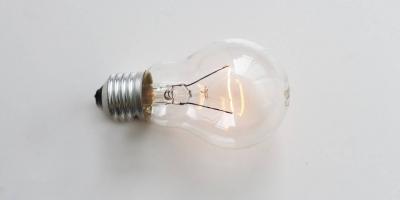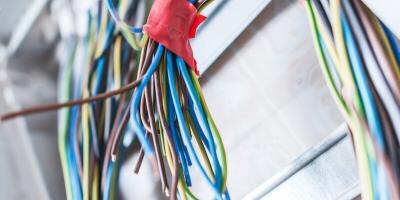Electricity is an essential part of life. Almost all of your everyday tasks and routines rely on it. Thus, you might want to check your wiring system if voltage dips or swells happen to protect the safety of your family and the community.
Australian households and commercial establishments generate a specific amount of voltage — 230V. This value changes for each country and that depends on their distribution requirements and transmission efficiency. Japan uses 100V, the U.S. uses 120V, and most European states use between 220V to 240V.
How is this important? It is essential to maintain the voltage requirement in your houses and buildings to protect your appliances and wiring connection from voltage dips and swells.
What is a Voltage Dip?
A voltage dip happens when there is a 10% to 90% drop in the voltage magnitude. Its duration lasts from a few seconds up to a minute. Short circuits, overloading, and turning on large motor devices are the usual causes of this electrical occurrence.
What is a Voltage Swell?
Meanwhile, a voltage swell is the opposite of a voltage dip. It happens when there is a 10% to 90% increase in the voltage magnitude. But like a voltage dip, it also lasts for less than a minute. Also, it occurs when there is an input of unnecessary power such as from lightning and turning off large motor appliances.
Signs of Voltage Dips and Swells
It is hard to know if your connection is a victim of power dips and swells since your electrical wires are not always visible. Also, you are not an expert electrician to tell if there is something wrong regarding your circuits.
Nevertheless, at least a basic knowledge of electrical fault findings would be helpful for safety and protection. So, here are some signs to check for voltage dips and swells:
Circuit Breakers Trip / Fuses Blow
Depending on how old your electrical wiring is, safety devices such as circuit breakers or fuses are always present in the main panel of each household and building. Whenever there is a sudden change in voltage, they are the ones responsible for protecting your equipment and appliances.
Circuit breakers trips or fuses blow to act their safety precautions when voltage fluctuations occur. It is okay to happen once or twice. But if it occurs almost every time, then there must be a problem.
Voltage swells are responsible for creating an overloaded circuit. It means that there is an exceeded power generated in the system, which can be caused by different factors — lightning, simultaneous use of appliances, and low-amperage circuit.
Faulty Wirings
Voltage dips and swells affect the quality of your wires when they frequently happen. Depending on the distributed power, the installed wires should only transmit its specified amount of voltage with minimal adjustments. However, large fluctuations can cause them to perform less than what is expected. And eventually cause a frayed, cracked, and loose wiring connection.
Wire faults are responsible for heating your circuits that can cause a fire if not attended immediately. Always check with an emergency electrician if you notice anything unusual with your connection to ensure safety at all times.
Damaged Appliances
Do you have multiple appliances that do not function all of a sudden? If a blackout is not the cause, then voltage dips and swells might be the possible culprits to blame.
Appliances’ microprocessors and motors, especially those that run in direct current (DC), are sensitive when it comes to voltage changes. They are designed to run on a specific power, so they are susceptible to damage when you don’t have safety devices such as uninterruptible power source (UPS) or surge protectors to depend on.
Conclusion
Power suppliers make sure to distribute the optimal voltage for consumption, which is 230V in Australia’s case. But due to some circumstances, it can be affected by voltage dips and swells.
They are temporary voltage fluctuations that last for less than a minute. Specifically, a voltage dip or swell happens when there is a 10%-90% decrease or increase in the regular voltage magnitude, respectively. Some of their causes are due to overloading, short circuits, and motor appliances.
Moreover, voltage dips and swells are harmful when they start damaging your appliances and circuit connection. Or worse, it can trigger a fire accident when not attended immediately.
Thus, it is crucial to have trusted electricians to check for voltage dips and swells to ensure the safety of your home or workplace. Fortunately, Gordon Powers is here to provide its best and efficient electrical services.
Our team of professional and reliable electricians provide surge protector installation. We also conduct switchboard upgrades to avoid overloading and tripping of circuit breakers. Our electricians are equipped with the necessary tools and equipment to detect wire faults and repair them right away.
Whatever electrical problem you have, we can solve it for you at a reasonable and affordable price. We are available 24/7, so don’t hesitate to call us anytime at (02) 9199 7480 or send us your enquiries via email.










